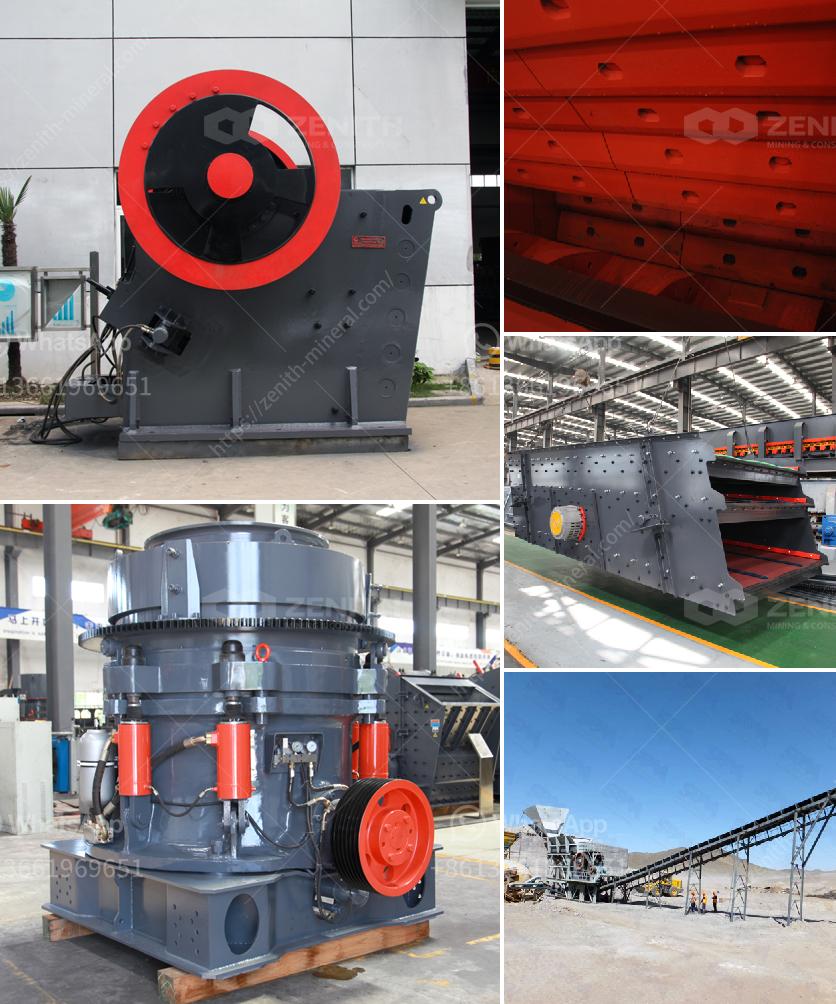Sure, it sounds like you are discussing a diamond dense medium separation (DMS) process designed to handle 75 tons per hour (tph) of material. Here is an overview of what this entails:
Dense Medium Separation (DMS) Process:
-
Feed Preparation:
- The raw material (ore containing diamonds) is first crushed and screened to ensure it falls within the required size range.
- The feed is usually washed to remove fines and ensure efficient media recovery.
-
Dense Medium Cyclone:
- The prepared feed is mixed with a dense medium, typically a slurry made up of water and finely ground ferro-silicon, which creates a fluid with a density between the ore and the diamonds.
- This slurry is then fed into a cyclone where the separation occurs.
- The high-density material (diamonds and heavy minerals) sinks and is directed to the sinks outlet, while the lighter waste material is directed to the floats outlet.
-
Media Recovery:
- The dense medium must be separated and recovered for reuse. This is accomplished through magnetic separators and cyclones.
- The media is cleaned and recycled back into the process.
-
Diamond Recovery:
- The sinks (heavy fraction) from the DMS process are further processed using X-ray transmission (XRT), grease tables, or other diamond recovery techniques to isolate the diamonds from the remaining material.
- Waste material from the floats is typically disposed of or used as backfill.
Key Considerations for a 75tph DMS Process:
- Capacity: Ensure that all equipment, from feed preparation to media recovery, can handle 75 tons per hour.
- Efficiency: Regularly monitor the density of the medium slurry to optimize the separation process.
- Maintenance: Regular maintenance of cyclones, screens, and recovery equipment is crucial to prevent downtime.
- Environmental Impact: Proper management of water and waste products to minimize environmental impact.
Do you need more detailed technical specifications or information on any specific step of the process?


